03 Hire a Guide, Not a Guru
You’ve always known you were different—wired for more, driven by something others couldn’t see. The DRIVEN Guide doesn’t just understand your wiring—it was built by those who share it. Discover the system designed for the 2% whose intensity demands structure, not suppression.
Introduction
You’ve been misunderstood your entire life.
Praised for your ambition, but punished for your restlessness. Labeled intense. Demanding. Obsessive. Told to slow down, soften, or stay in your lane.
But what if the problem wasn’t you?
What if your brain—specifically, your dopamine system—was wired for something more?
You Were Designed for the Pursuit
In the neuroscience of motivation, dopamine is the molecule of more. The molecule of drive, motivation, and pursuit. It doesn’t reward achievement—it anticipates it. That surge you feel when you start a new project, chase a new outcome, or obsess over a big vision? That’s not a flaw. That’s dopamine doing its job¹.
But for a select few—roughly 2% of the population²—the dopamine system doesn’t function like it does in the average brain. These individuals have fewer dopamine D2 receptors in key regions of the brain, like the nucleus accumbens and prefrontal cortex. The result? A lower baseline of dopamine sensitivity and a heightened need for novelty, challenge, and forward momentum just to feel normal³.
In other words: you’re not addicted to success. You’re neurobiologically compelled to pursue it.
The world reads that as dysfunction. We read it as design.
You’ve Been Let Down by Every System
The traditional systems—medicine, psychology, education, even mainstream coaching—aren’t built for you. They’ve pathologized your patterns with labels like ADD, ADHD, OCD, workaholic etc. But what they missed was the core truth:
You don’t have a disorder. You have a rare neurochemical profile optimized for forward motion⁴.
And yet, misdiagnosis has consequences. When your biology is misunderstood, you’re told to fit into systems that suppress your edge. Mindfulness classes, slow mornings, and gratitude journals don’t fix the core problem: your brain doesn’t register dopamine the way most brains do⁵.
That’s why nothing feels like enough. And why conventional self-help fails.
You don’t need balance.
You don’t need a guru.
You need a guide.
A DRIVEN Guide.
The DRIVEN Guide Was Built for the 2%
This is not a wellness program. This is not life coaching in disguise. The DRIVEN Guide is a high-performance system engineered for the dopamine-deficient elite—entrepreneurs, operators, creatives, and visionaries who can’t turn it off, because it’s never felt on.
We built the system from the inside.
Each core pillar of the DRIVEN framework—Body, Brain, Brand, Business—is grounded in peer-reviewed science and tested in the high-stakes arenas where failure is not an option: tactical teams, startups, elite sport, and clinical practice.
We understand your brain chemistry because we live it. Our team isn’t trained to talk about high performance—we’ve built companies, trained operators, led teams, and recovered from our own meltdowns. We’re not life coaches. We’re guides. And that distinction matters.
Because you don’t need permission.
You need precision.
A System That Matches Your Wiring
The DRIVEN Guide doesn’t preach hustle. It delivers structure. Everything we do is built around a single neurochemical truth: dopamine drives pursuit. And if you can’t sense it effectively, you’ll burn your body, your business, and your relationships trying to chase it.
That’s why we start with the body—regulating neurochemistry through strategic training, sleep, supplementation, and recovery. From there, we optimize your environment, identity, and output. You’ll learn how to work with your wiring, not against it.
This isn’t about calming down.
It’s about channeling your chaos into something surgical.
We aren’t here to fix you. We’re here to help you weaponize what’s already there.
Conclusion
You Were Never Broken
You’ve just been trying to run Formula 1 performance on regular fuel. That’s what happens when your internal operating system was designed for war, invention, and reinvention—and you’ve been told to play nice.
The DRIVEN Guide doesn’t give you another vague plan. It gives you a protocol.
One that recognizes your edge.
One that sharpens it.
One that leads you back to your core design: motion, mastery, and momentum.
References
1. Schultz, W. (2016). Dopamine reward prediction error coding. Dialogues in Clinical Neuroscience, 18(1), 23–32.
2. Blum, K., et al. (2000). Reward deficiency syndrome: Genetic aspects of behavioral disorders. Progress in Brain Research, 126, 457–471.
3. Peciña, S., & Berridge, K. C. (2013). Dopamine or opioid stimulation of nucleus accumbens similarly amplify cue-triggered ‘wanting’ for reward: Entire core and medial shell mapped as substrates for PIT enhancement. European Journal of Neuroscience, 37(9), 1529–1540.
4. Volkow, N. D., et al. (2009). Evaluating dopamine reward pathway in ADHD: Clinical implications. JAMA, 302(10), 1084–1091.
5. Arnsten, A. F. T. (2009). Stress signalling pathways that impair prefrontal cortex structure and function. Nature Reviews Neuroscience, 10(6), 410–422.




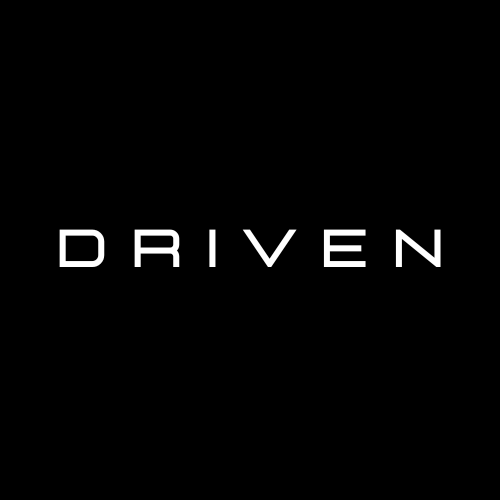


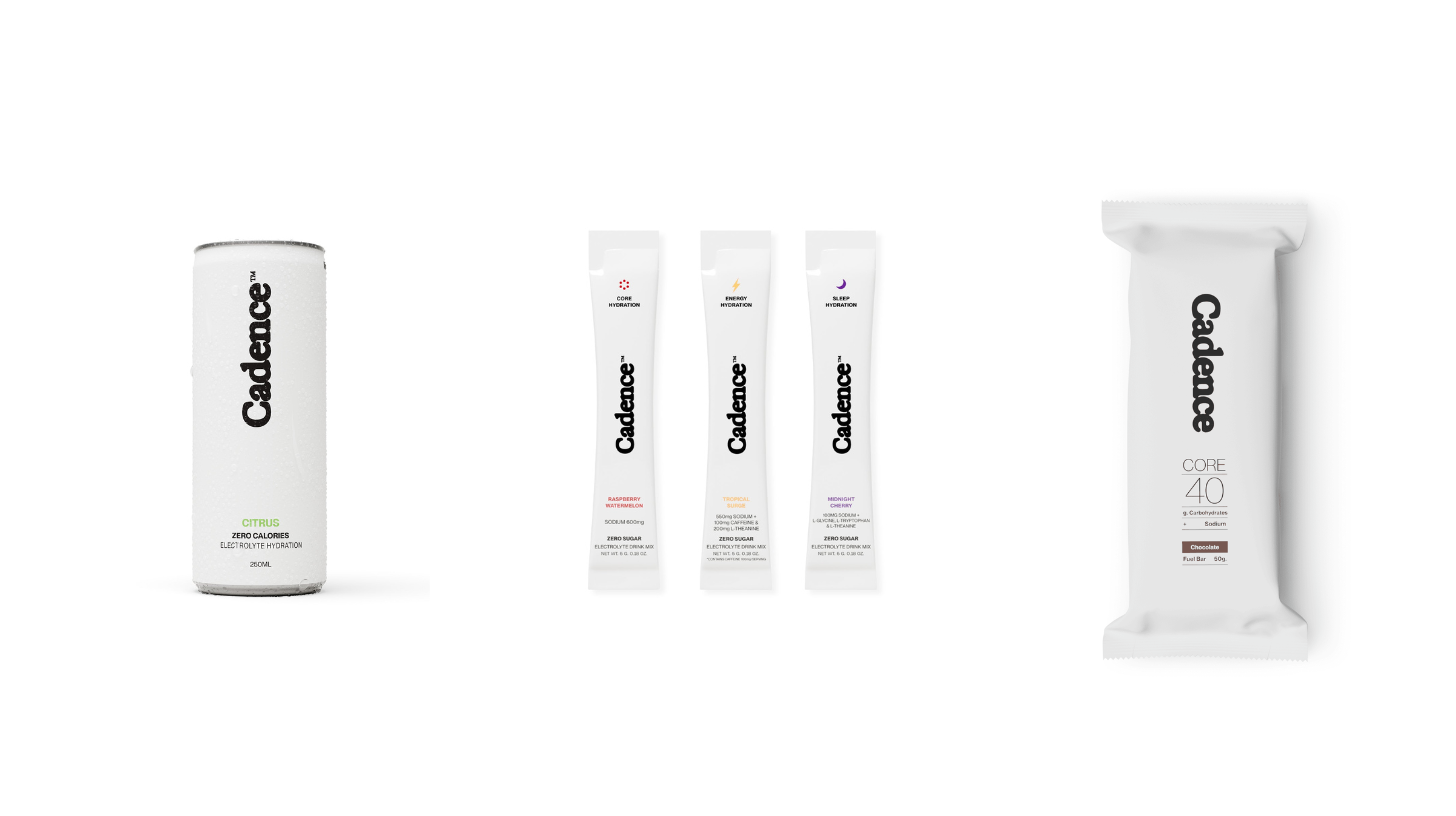
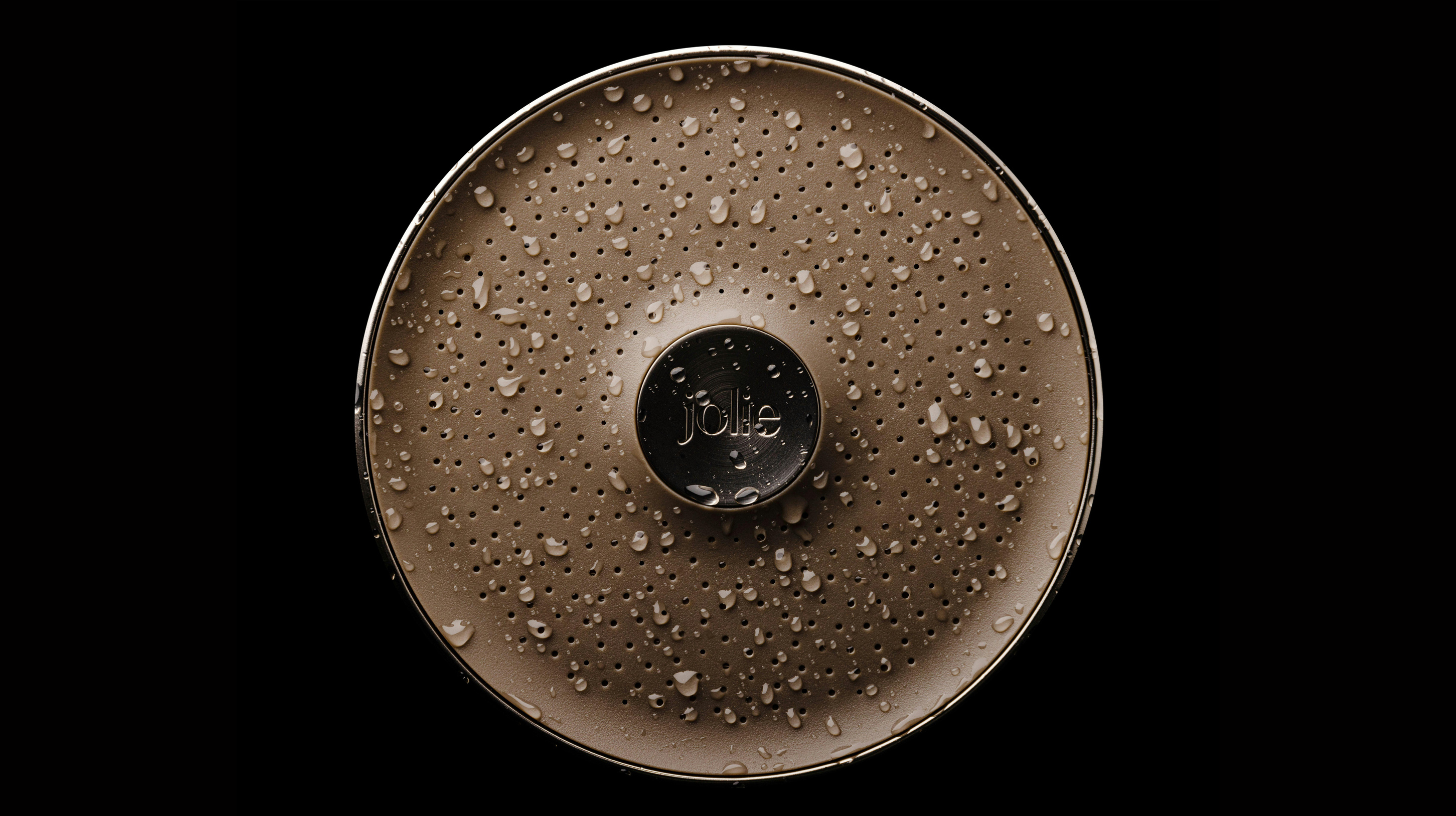
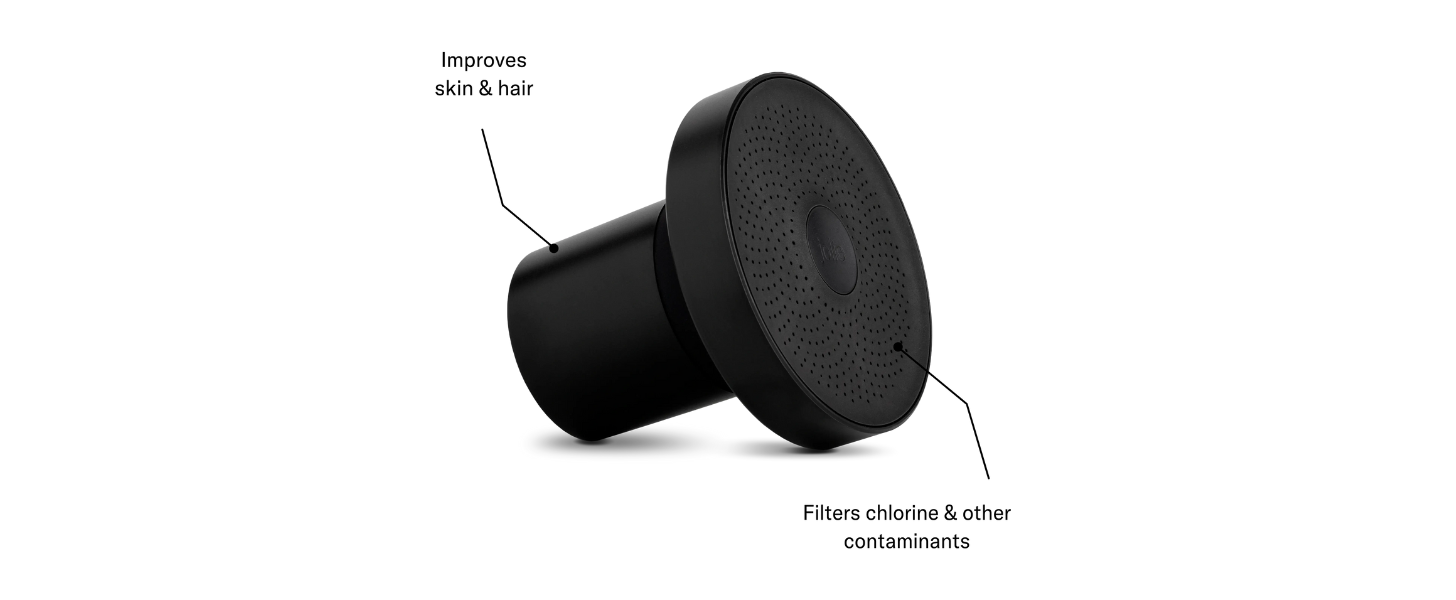
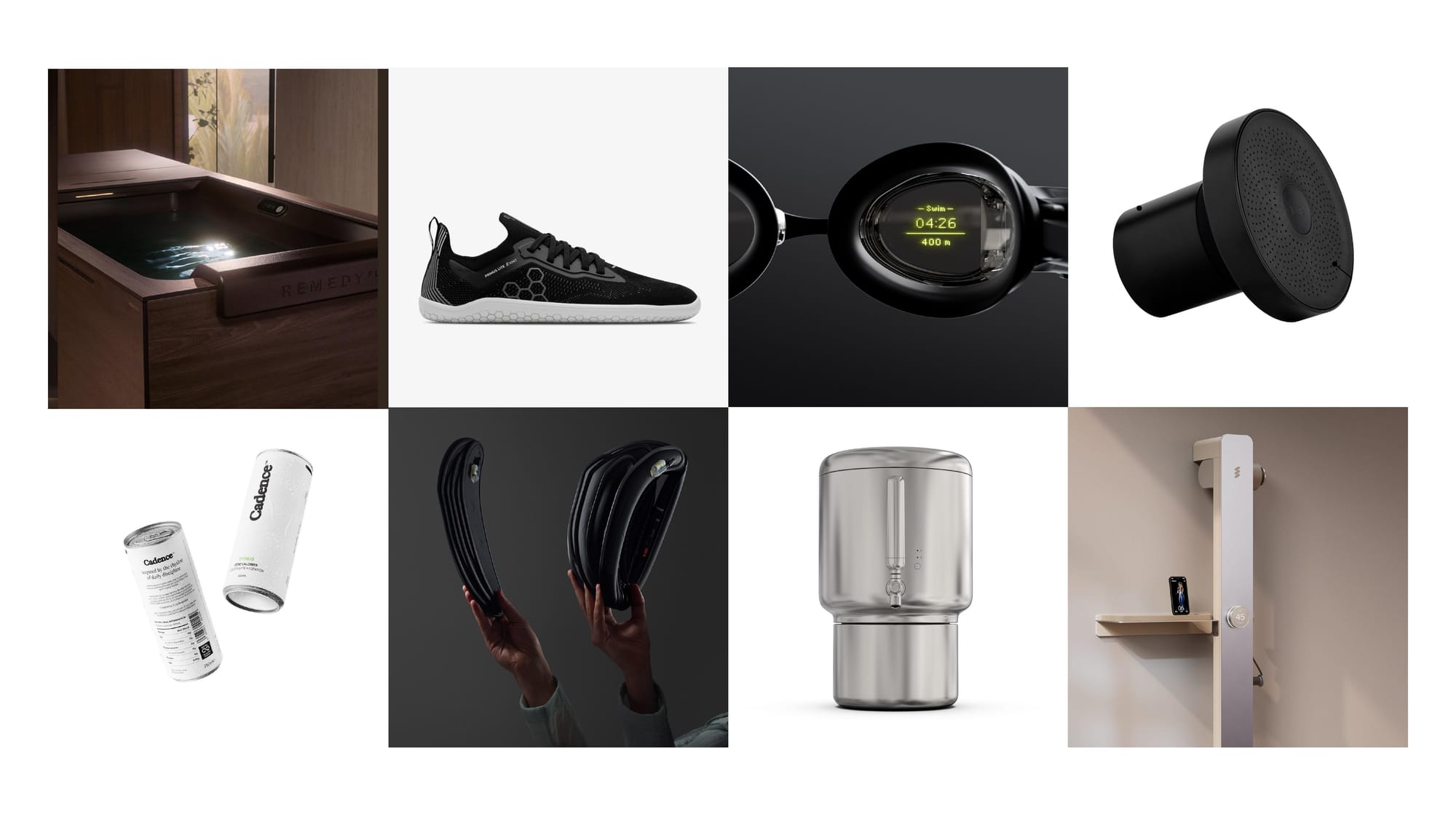
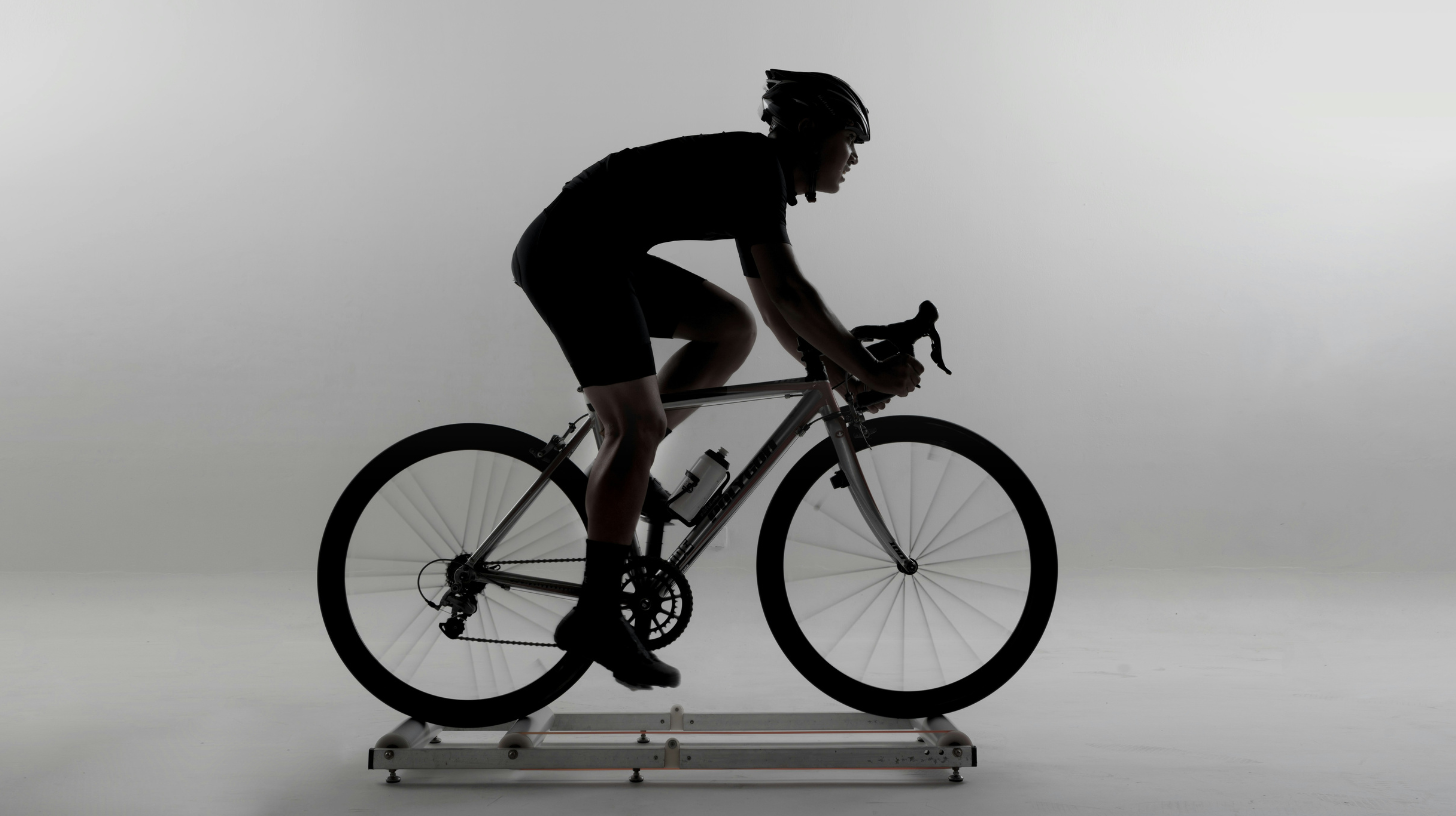


Discussion